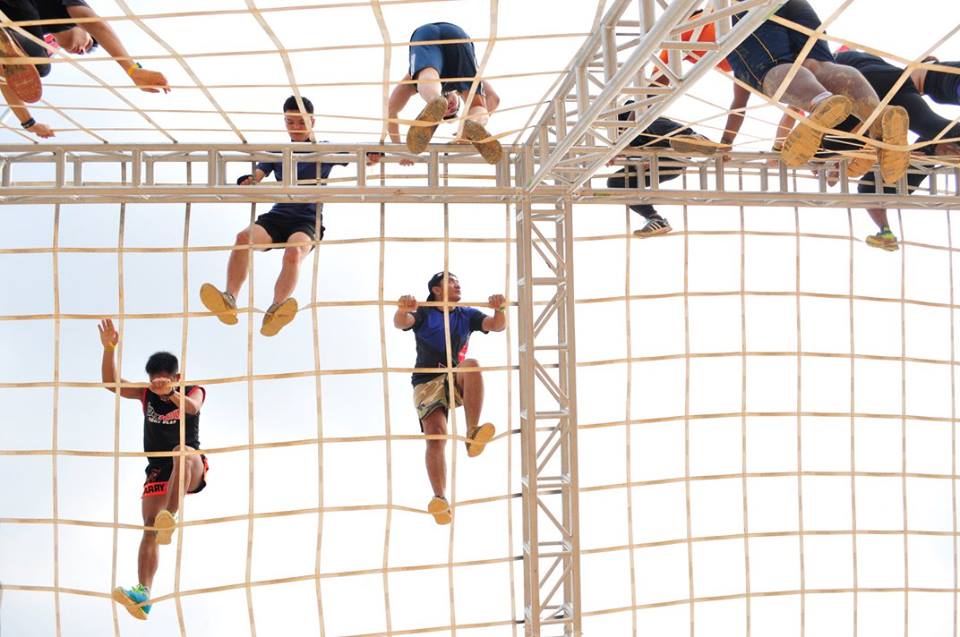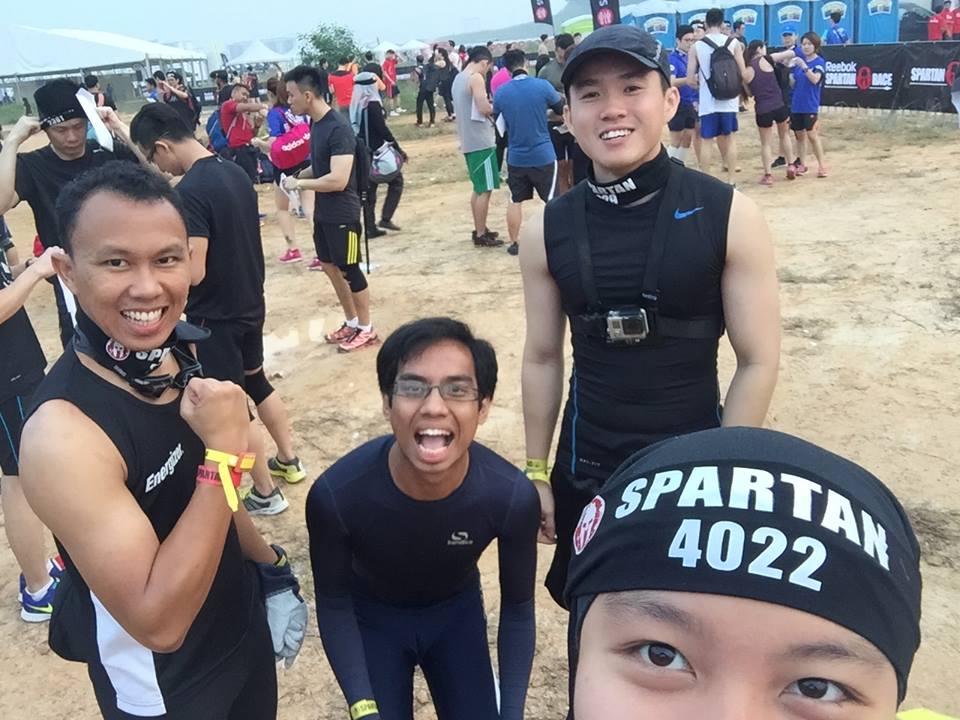We got to interview a young civil engineer who claimed obese three years ago. Now, Eda Fuzi is very passionate about running and loves to keep fit and eat healthy. Currently, an avid marathoner, she is determined to be an ultra Marathoner and Duathlete soon. She also started swimming recently.

1) Eda, how do you lose weight and maintain your health?
My mother passed away in 2009 due to the cancer, a year after when I realised I weigh 80 kg. Yes, I was in a shock and since then I started to exercise and find new hobbies to ensure I would keep up with a healthy lifestyle.
I was a sports girl back during my school and university days, I played almost all types of sport. But I was not a runner. I never run for a competition back then. I was neither a short nor a long distance runner. But one day my best friend who embraces an active lifestyle convinced to run and trained me. He kept pushing and motivated me to push my limit further. I would say he is the key person that made me fall in love with running. My cousin started running years before me and he motivated me as well. A few months after I started running, I met new friends while training for my runs and many became my running buddies. Soon after that I get to meet new runners, newbies, triathletes, elite runners, etc. What I love the most about the running community it we help each other no matter what. Now, I am happy with my weight. I am no longer obese.
I have been running for almost three years now; and I get to make new friends along the way. Since I am committed to running, I make sure I train 3 to 4 times a week, collecting 35-50 km of mileage in average. That is 2 – 3 times of short distance, speed training, or a 10 km run each per session. Then, LSD (Long Slow Distance) runs in the weekends (15-25 km) for endurance training.
2. Do you take any supplements?
I DO NOT take any slimming supplements. I have tried them before but never worked. Now, I only take supplements that are necessary such as Evening PrimeRose Oil and Fish Oil.
2) How’s your daily food intake?
Taking control of what to eat was hard at first. But once I get the hang of it, everything becomes so much easier. I learn how to count calories and eat right. Knowing our Basal Metabolic Rate (BMR) is key. After knowing how much calories I need per day, I just need to eat accordingly.
I always make sure there are vegetables, fruits, dairy and protein is in my food. I eat 4-5 times a day. With snacks and eat at small portions. I do take carbs but mainly bread.
3) Many people think that if they do an exercise more often, their muscle become bigger. Is it true? What’s your opinion about that?
Yes, it does technically. Most runners have bigger calves. But some say it is just a myth. While other part of the body depends in which area you are focusing on. Most runners lost muscles after a long run. That is why long distance runners are/needs to be skinny and thin. And that is not exactly bad. Sprinter may have large calves and muscular body as they need to use those muscles to help them sprint as fast as they can, they use red muscle tissues. A long distance runner (marathoners for example) uses white muscle tissues that work to sustain longer time and endurance. The thin body would help to carry less weight on the long run. Sprinters are heavier and more muscular as they need to use their muscles as a boost to run fast in a shorter distance.
So, if you run long distance, you shouldn’t worry about growing muscles.
4) When did you start running and how long did it take you to train for a marathon?
I started running in 2010. I increased my mileage per week whenever a marathon approached. If my average per week is 40 km, I will gradually increase it to 50, 55, and 60 km. Two weeks before a marathon, runners will be in tapering mode. Taper simply means to cut or reduce mileage. Tapering is the training phase right before a long distance event, such as a marathon, when a runner starts to cut back on his or her mileage Reason behind tapering is to reduce the potential of injury, mental preparation and to recover muscles. A week before a marathon, I will rest completely. While carb loading will only starts 3 days before an event.
5) We notice you are always in your compression wear during a run. Why you wearing the compression wear instead of other usual sport wear? How do you feels and what the differences?
Most of the time I would wear compression pants during long runs (Long-Slow Distance, Half Marathon or Marathon events). On training sessions, I would prefer to wear calf guards which normally, compression as well. I wouldn’t say compression wear improves my performance, but I personally, would prefer to run safe and finish with free injuries. That is my priority.
Runners I know use compression-wear to protect muscles. There are research articles that say compression helps runners to improve blood flow through their muscles, thus, protecting muscle from injury and then most probably help us to run longer distances safely. Sometimes I can feel compression protects my muscle movements during strides.
Most runners also use compression wears/gears for recovery. I wear them after a hard run or sometimes before bed, to help recover my muscles faster.
This is because compression of the lower leg increases blood flow and helps flush out lactic acid. Hence, aids recovery.
6) What was your fear and how do you overcome it?
I guess every runner fears of injury. How do I overcome it? Run safe and run happy. I run for my parents. Running is not always about achieving Personal Best/Timing. The reason why you run matters more. I appreciate myself more, I have overcome what I thought I would never accomplish, I appreciate life. I run for my own well-being.

Thank you Eda for sharing your views and being an exemplary runner. From her sharing, we get to understand why she runs. It takes a lot of discipline and determination to achieve what Eda has achieved the past three years. InsyaAllah, she will get to be the ultra marathoner soon!
All the best!
 This is moment that you have been waiting for: the most highest obstacle that you had to scale. (Picture courtesy of the Spartan Race Malaysia Facebook page)
This is moment that you have been waiting for: the most highest obstacle that you had to scale. (Picture courtesy of the Spartan Race Malaysia Facebook page) This pants-skirt was a lifesaver.
This pants-skirt was a lifesaver. Team Ayam Goreng 2.0 after a ‘refreshing’ swim in the mud.
Team Ayam Goreng 2.0 after a ‘refreshing’ swim in the mud.






